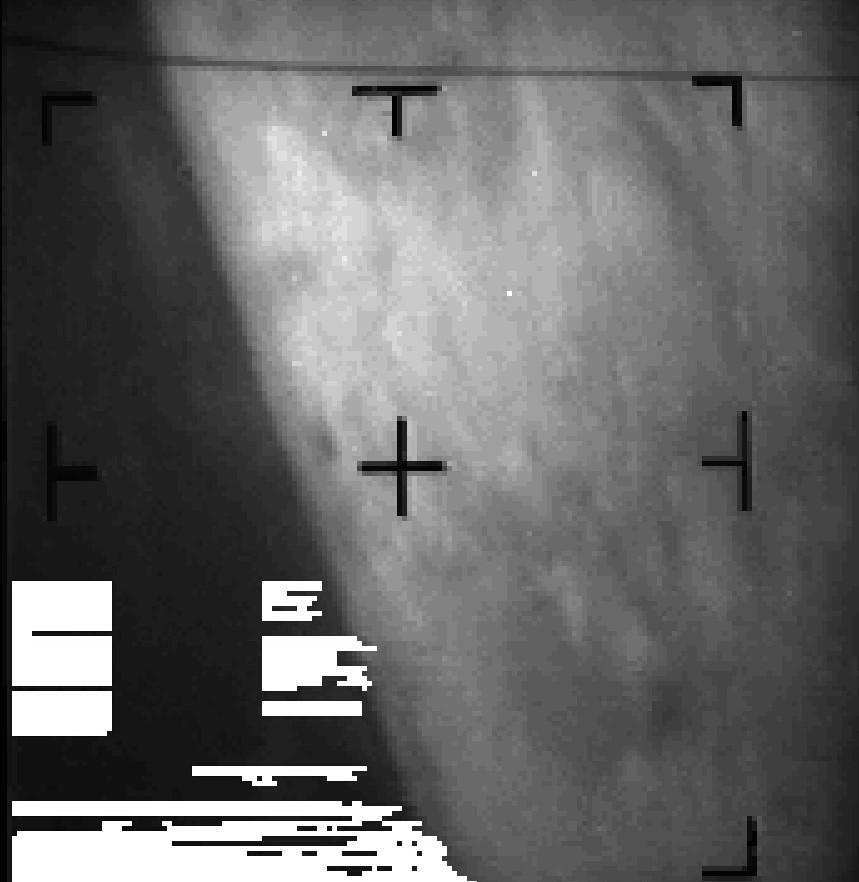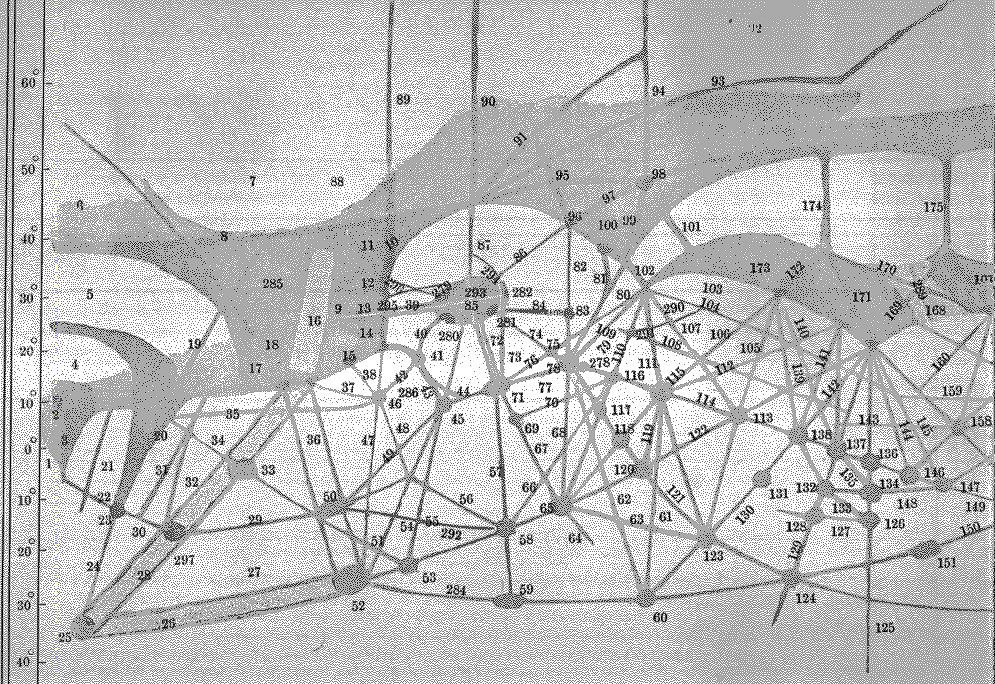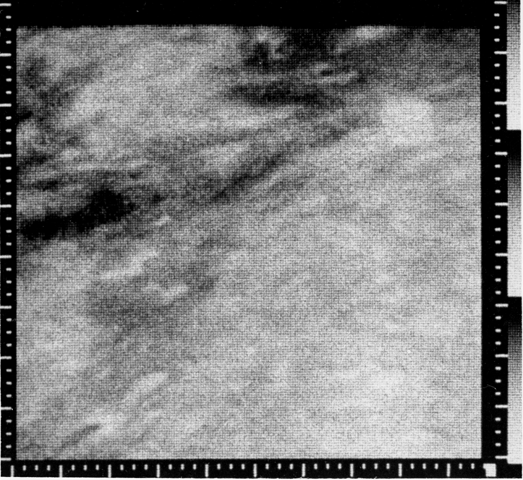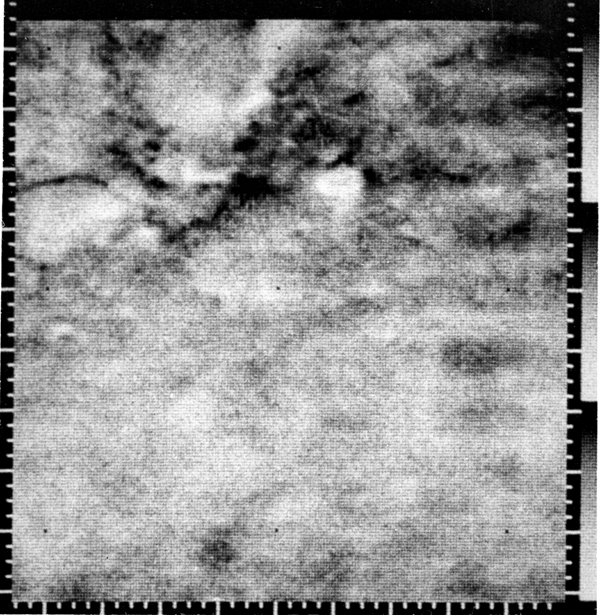
by Gideon Marcus
Oases
Three years ago, I reported on the state of television in the wake of former FCC-chief Newton Minow's pronouncement that television was a 'vast wastelend.' Since then, I have remained a devoted fan of the small screen, if not completely addicted to 'the boob tube.' Indeed, the Young Traveler and I have our weekly favorites we do not miss if we can at all help it.
And so, as we sail through the sea of summer reruns, gleefully anticipating the Fall line-up, I take delight in awarding the Galactic Stars of Television for the 1964-65 season.
Burke's Law 1963-65

Amos Burke is what would have happened if Bruce Wayne's parents had never been shot – he's a Beverly Hills playboy millionaire who also happens to be the dapper Captain of Homicide for the L.A. Police Department. In each episode, Amos, with the aide of grizzled Sergeant Hart and youthful Detective Tilson (and occasionally the doe-eyed Sergeant Ames), solves a murder mystery.

It's light, it's fun, and in many ways, it's the last example of the great tradition of noir, bantering cinema. I understand that Amos will be ditching his side characters and the expensive celebrity cameos to go full Secret Agent next season. That's a pity, though it's also possible that the format has exhausted its supply of stories. How many people can get murdered in the Valley, after all?
The Addams Family (1964-)
In Fall 1964, there was not one, not two, but three sitcoms that debuted with a fantasy premise. The most popular of them has been Bewitched, about a spell-casting housewife (Elizabeth Montgomery) married to a drip of an adman (Dick York), and who is not allowed to use witchcraft. Suffused with marital strife, unfulfilled womanhood, and all-around dreariness, I can only imagine it's doing so well because it's the only one of the three in color.
The second of them is The Munsters, a lowbrow family comedy starring a cast of movie monsters: head of the household is Fred Gwynne as a Frankenstein retread; his wife, Lily, is a cross between Bride of Frankenstein and Bride of Dracula; their son is a wolf boy; their father is an old Transylvanian bloodsucker. It's basically The Flintstones set in Disney's Haunted Mansion (coming soon, we're told). I'm afraid it mostly sails under my head.

But the third. Oh the third. The Addams Family, based on the venerable comics of Charles Addams, is thematically similar to the Munsters and tonally the opposite of Bewitched. John Astin plays Gomez Addams, the Man (though not the head) of the Addams house, which is a gloomy old mansion filled with an Alexandrian Library of oddities. The indescribably beautiful Carolyn Jones is the severe and queenly Morticia Addams. Other members of the family include the falsettoed weirdo, Uncle Fester; Morticia's knife-throwing mother (funnier by spades than "Granny" from the ongoing The Beverly Hillbilies); and the adorable and explosives-loving Pugsly and Wednesday Addams. The towering butler, Lurch, and the disembodied hand, Thing (both played by Ted Cassidy), round out the cast.
Both Addams and Munsters play up their family's kookiness relative to their neighbors. What makes Addams so much more effective is the subversive and clever humor. For one thing, Gomez and Morticia (unlike virtually every other TV couple) are absolutely in love. They respect each other completely, they support each other's ambitions, fight for causes together. Of course they had to be played as complete whackoes… otherwise, who would believe it?
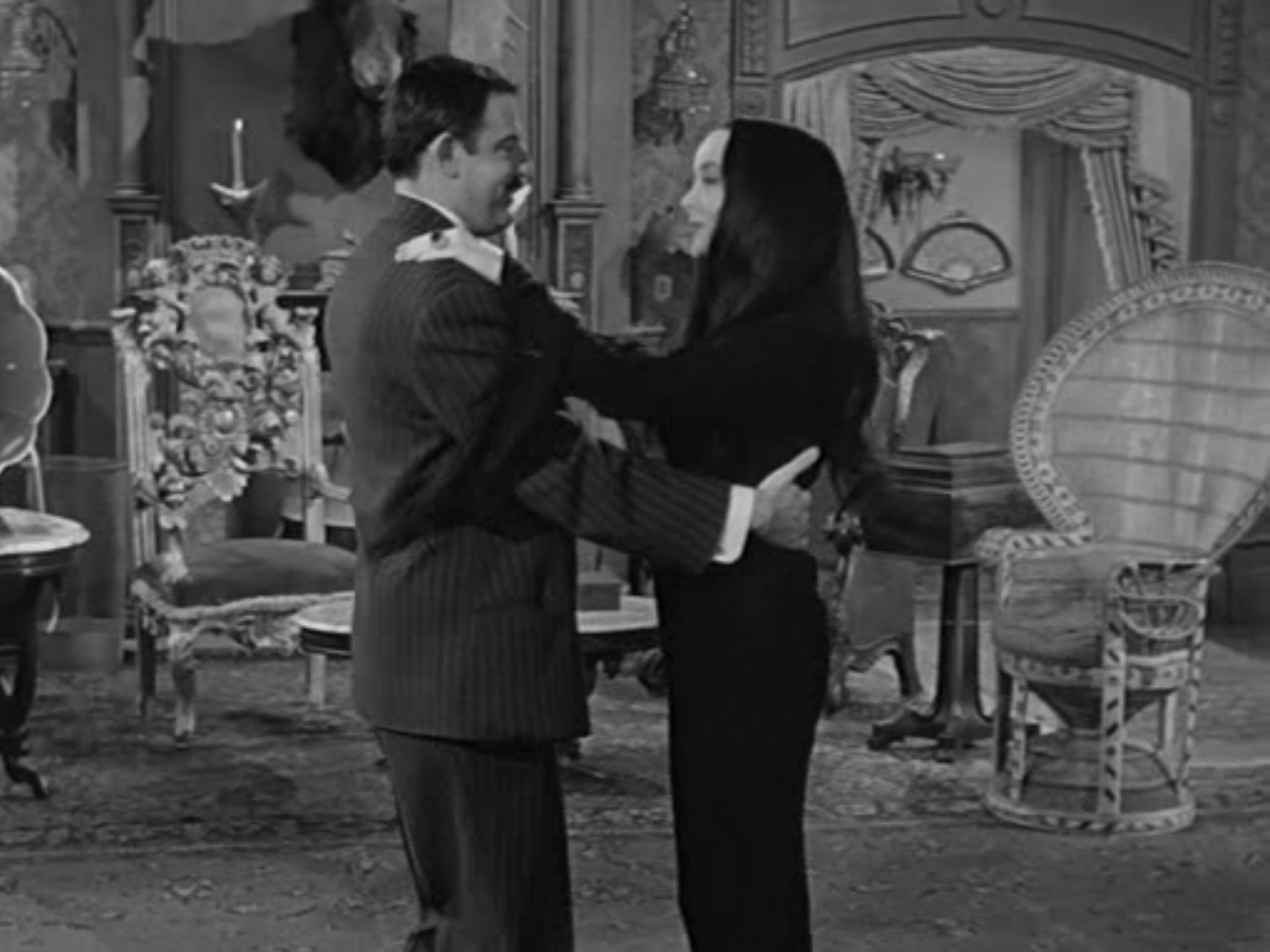
For another, Astin and Jones play their roles with more subtlety than their counterparts on Munsters. There is more casual absurdity (Gomez' cigar lights itself on occasion), less stopping the action to showcase each gag. Each comedic element, from the door knock that pulls out, releasing a foghorn bellow, to the omnipresent noose that, when pulled, shakes the entire house and immediately summons the butler ("You raaang?"), to the bear rug that growls when stepped on, to the fish mounted on the wall with a half-eaten leg still sticking out – they never fail to entertain. Indeed, every time someone is newly introduced to them, their reactions are always funny.
Of course, I may be biased. In many ways, Janice and I are Morticia and Gomez. We have been known to sword-fight in our living room, we still adore each other after decades of marriage, "our house is a museum", and some would say "we really are a scre-am."
So, if for nothing else, you should watch The Addams Family to get a window into the lives of the Traveler family! Just mind you don't trip over Lorelei's blasting caps…
My Living Doll 1964-1965
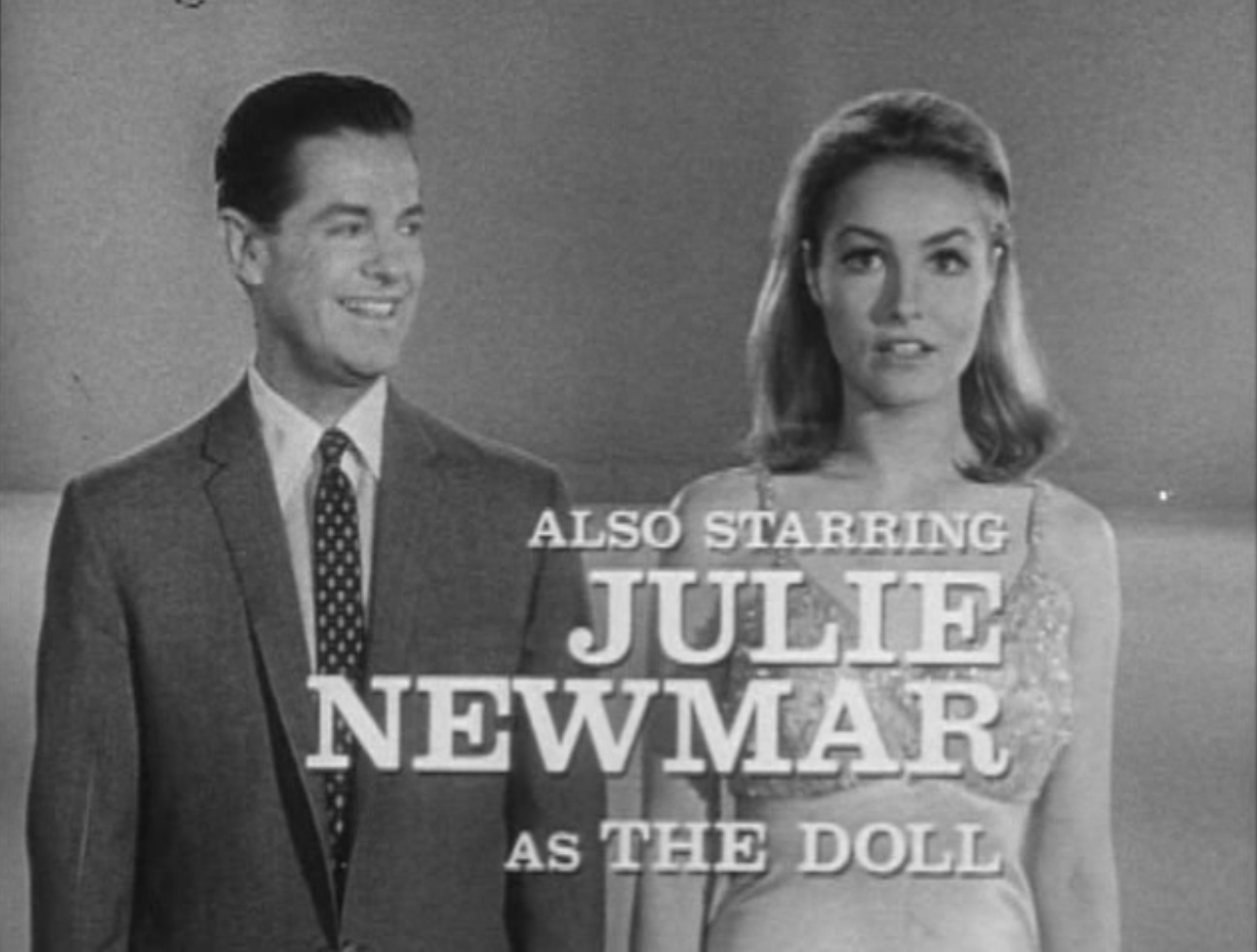
This is one of the few SF shows this season, though only just barely. Bob Cummings plays… Bob Cummings… playing a psychiatrist who inadvertently becomes custodian to Rhoda, a high-functioning android who happens to look just like Julie Newmar (you may remember her as the highlight of the otherwise terrible Twilight Zone episode Of Late I Think of Cliffordville). Cummings takes it upon himself to teach Rhoda how to be more human.
This should be an awful show. There are a million opportunities for Doll to be an anti-feminist nightmare, and indeed, Cummings doesn't help matters, being about as slimy as a Bob Cummings playing a sitcom character can be. But Julie Newmar saves the show, electrifying every scene she's in (not enough, often!) with her incredible comic poise and line delivery. Every gawkily precise movement, every hilariously echoed line, every uttered "Does not compute" is an absolute show-stealer.
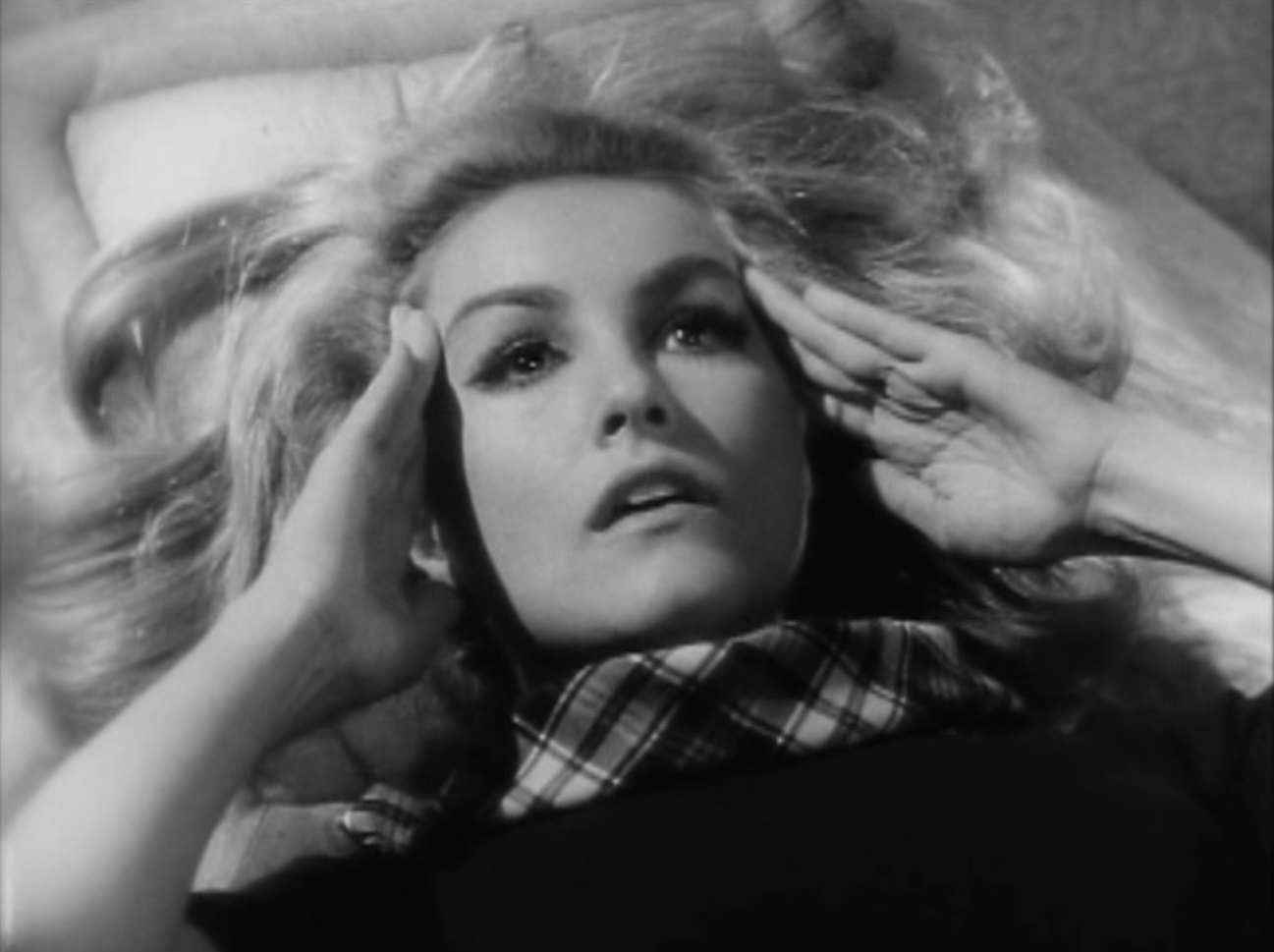
Apparently Bob Cummings didn't enjoy being upstaged by his co-star, and he departed in a huff five episodes before the season's end. Sadly, Doll will not be renewed for next year; but at least we're getting a promising show in its time slot called Lost in Space.
Here's hoping we see more of Julie Newmar in the future. She's a riot.
Secret Agent (Danger Man) (1964-)

We don't get too many English imports, but of the few we get, Danger Man is easily the best of the lot. This is actually the second iteration of the show, the first having aired back in 1960 and arrived in the States the following year. Back then, it was a half hour in length; now it's a full hour.
The subject is John Drake, deftly played by Patrick McGoohan. He is the anti-Bond: competent, unswervingly good, respectful of women.
I'd go into more detail, but I don't have to; The Young Traveler has already extolled the virtues of the show at length. I urge you to explore her review.
Password (1961-)

A game show? Really?
I was surprised as you, actually. Game shows, in general, are at the same level of soap operas – low budget affairs churned out on a daily basis to fill time and move products. On paper, the concept of the show should not be compelling: two celebrity guests are given a succession of words, which they then try to get their series of non-celebrity guests to utter. Each is allowed just one word at a time as a clue, play alternating back and forth between the teams.
But host Allen Ludden (Mr. Betty White) really takes his program to a higher plane with his witty banter and knowing glances to the camera. Plus, it's always a delight to see a Lucille Ball or Carol Burnett or Sammy Davis Jr. or (especially if you're The Young Traveler) a Tony Randall get to be their effervescent and clever selves.
Rocky & Bullwinkle (1959-1964)

Technically, Rocky & Bullwinkle completed its five year run last year. However, it has gone into syndication, and we are getting to catch up on the episodes we missed. It's as funny now as it was when I first reviewed it, three years ago. Catch it if you can!
Twelve O'Clock High (1964-)
Three years ago, COMBAT! set the bar for World War Two shows. The quality of that show has decidedly declined over time: Rick Jason and Vic Morrow are still trying to liberate that same French town in an effort that has taken several times as long as the actual European campaign.

Enter Twelve O'Clock High, COMBAT!'s aerial counterpart (and a rough adaptation of the Gregory Peck movie from 1949). Robert Lansing plays General Savage, leader of a B-17 bomber group based in England. Episodes have had a wide variety of subjects. Some have dealt specifically with bombing tactics – in one episode, the formation experiments with "bomb on leader", the practice of one plane determining the time that the entire group would release their payloads. Another episode is built around an elaborate decoy mission that is planned to hide the formation's true objective.
But most of the episodes deal with the raw human nature that is revealed when exposed to the harsh environment and moral quandaries inherent in warfare by mass bombing. There are group leaders afflicted with battle fatigue, a pilot who gets court-martialed for breaking formation to cover the forced descent of a comrade plane, a conscientious objector who must decide which principles he wants to live by. And anchoring all of it is Lansing's gruff but expressive performance as a tired leader driven to see the war to the end, and desperate to preserve the life of each of his men.
Sadly, it looks like Lansing has been given the heave-ho after just one season, to be replaced by a more blandly handsome person (whose profile isn't entirely composed of crags). This is unfortunate, and I have trouble believing that show will maintain its quality and gravitas without him. Still, it was great while it lasted.

and finally…
Voyage to the Bottom of the Sea (1964-)
Don't be surprised. I come here not to praise Voyage but to bury it. Since I spent so many inches talking about the best shows of the season, I wanted to showcase the other end of the quality scale.
Wow, what a stinker of a show, as bad as the movie that launched it. Insipid plots, hackneyed dialogue, ludicrous science. Production so bad that Harlan Ellison wouldn't let them use his name on the episode he wrote.
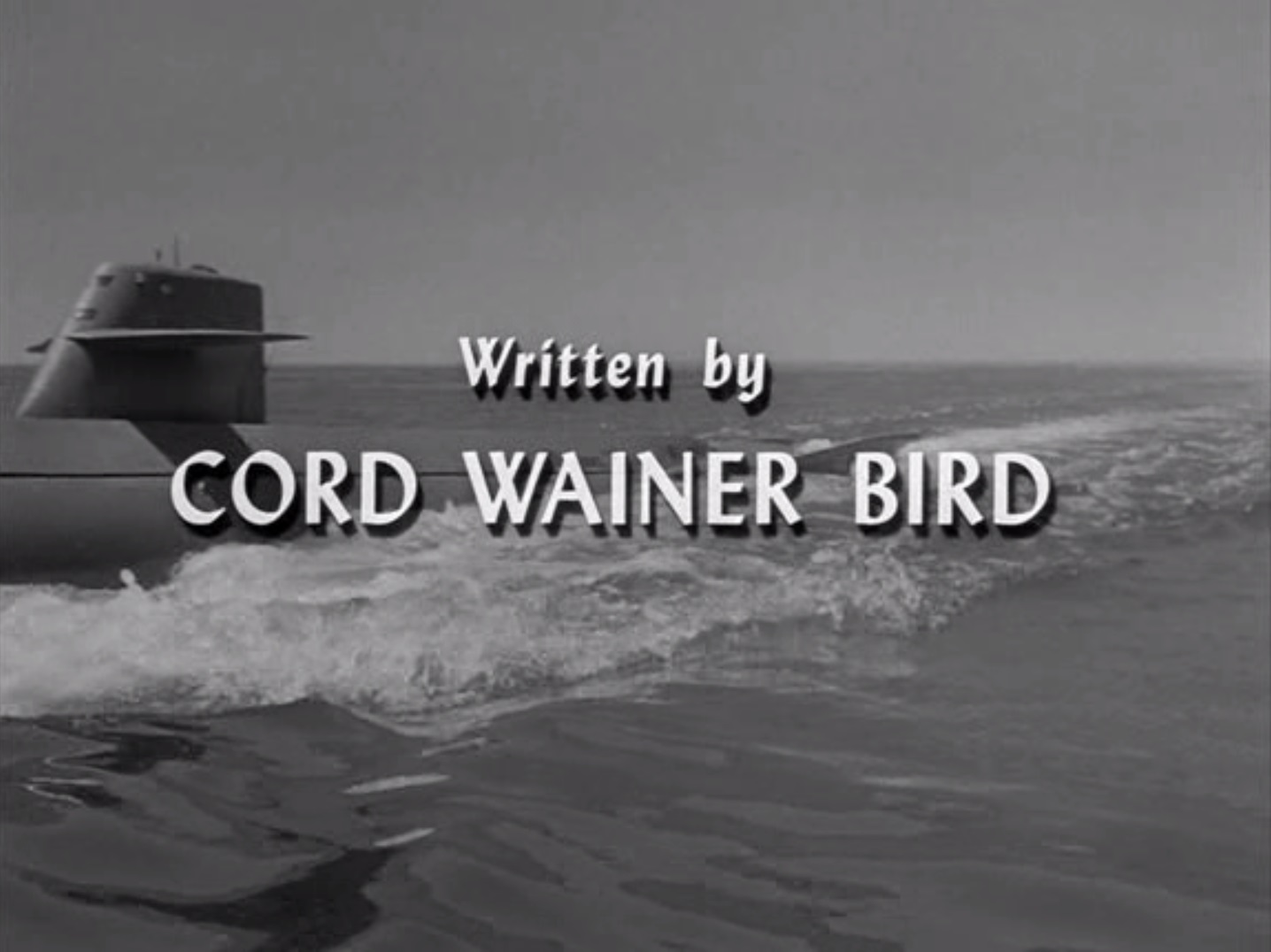
(Fans of Burke's Law will recognize the byline — it's the name of the hack writer played by Sammy Davis Jr., who appeared in one of the several episodes Ellison penned).
Feh. Don't fail to miss.
The Steppes
Inbetween the aforementioned bright spots and the Marianas Trench of TV that is Voyage, you've got all the rest. The decent stuff like The Fugitive, Andy Griffith, The Man from U.N.C.L.E., The Lucy Show. The drab sitcoms like Mr. Ed, Petticoat Junction, The Cara Moore Show, My Favorite Martian. And the countless other programs that maintain television's other derogatory nickname, 'The Idiot Box.'
But then, Ted Sturgeon always said that 90% of everything is crap. That we get anything worthwhile out of the small screen is miracle enough for me…
And hopefully now for you!

[Come join us at Portal 55, Galactic Journey's real-time lounge! Talk about your favorite SFF, chat with the Traveler and co., relax, sit a spell…]

![[August 8, 1965] Navigating the Wasteland #2 (1964-65 in (good) television)](https://galacticjourney.org/wp-content/uploads/2020/08/650808addams2-672x372.jpg)

![[August 6, 1965] Last Call for Paratime Passengers (H. Beam Piper's <i>Lord Kalvan of Otherwhen</i>)](https://galacticjourney.org/wp-content/uploads/2020/08/LordKalvanOfOtherwhen-244x372.jpg)

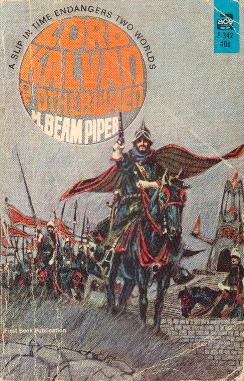

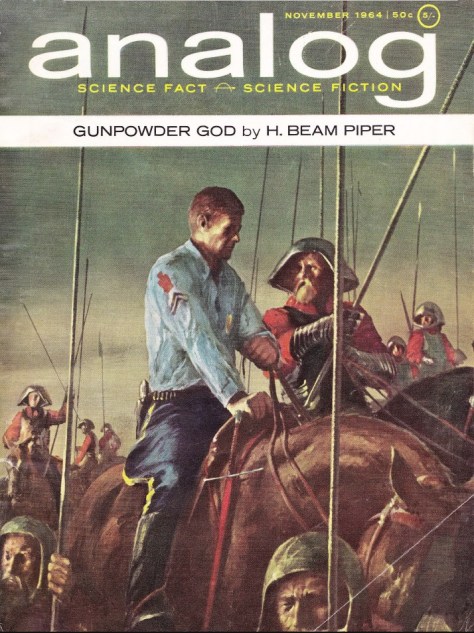

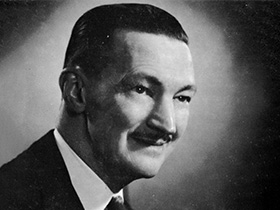
![[August 4th, 1965] Queenly Fashion: The Style of the Powerful Women of South Asia](https://galacticjourney.org/wp-content/uploads/2020/07/queen-sirikit-wearing-boromphiman-attire-and-jewels-1960s-564x372.jpg)







![[August 2, 1965] Expansion and Contraction (September 1965 <i>IF</i>)](https://galacticjourney.org/wp-content/uploads/2020/07/IF-1965-09-Cover-654x372.jpg)






![[July 31, 1965] A spoonful of sugar (August 1965 <i>Analog</i>)](https://galacticjourney.org/wp-content/uploads/2020/07/650730cover-672x372.jpg)











![[July 28, 1965] Aldiss, Harrison, and Roberts, Inc. (August 1965 <i>Science Fantasy</i> and <i>New Worlds</i>)](https://galacticjourney.org/wp-content/uploads/2020/07/650728cover-672x372.jpg)

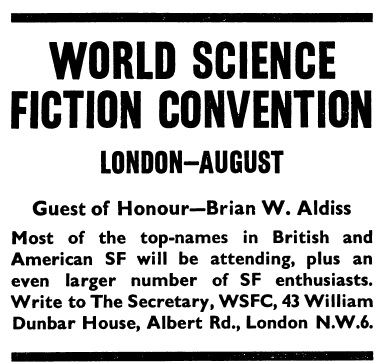
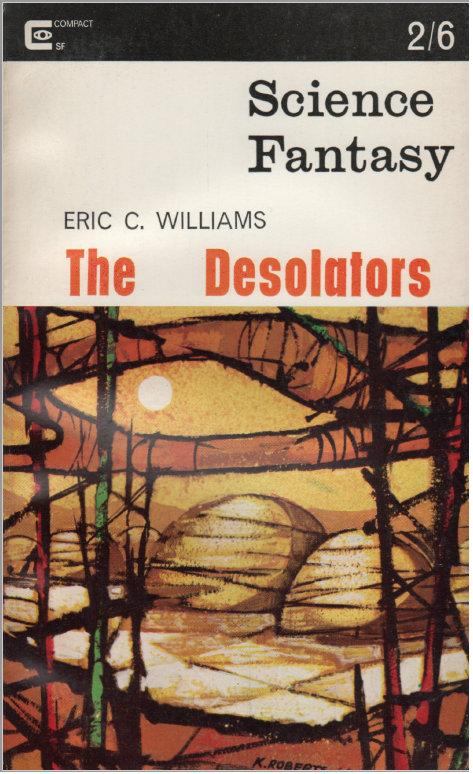
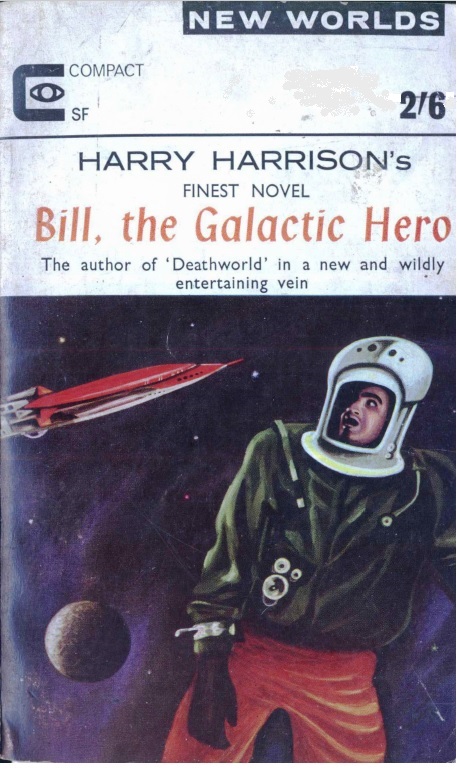
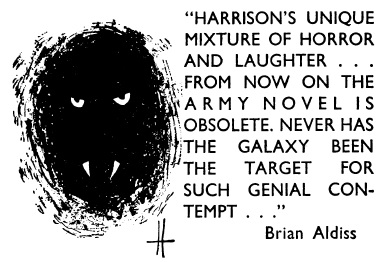
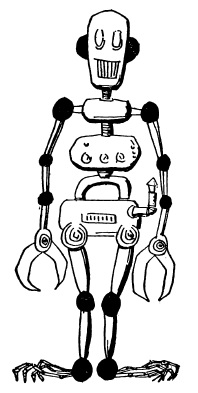
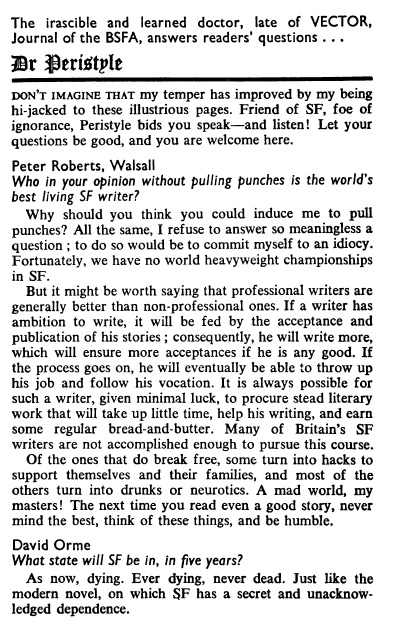
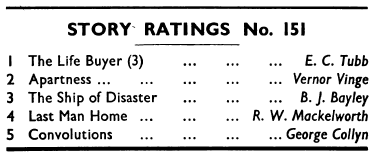
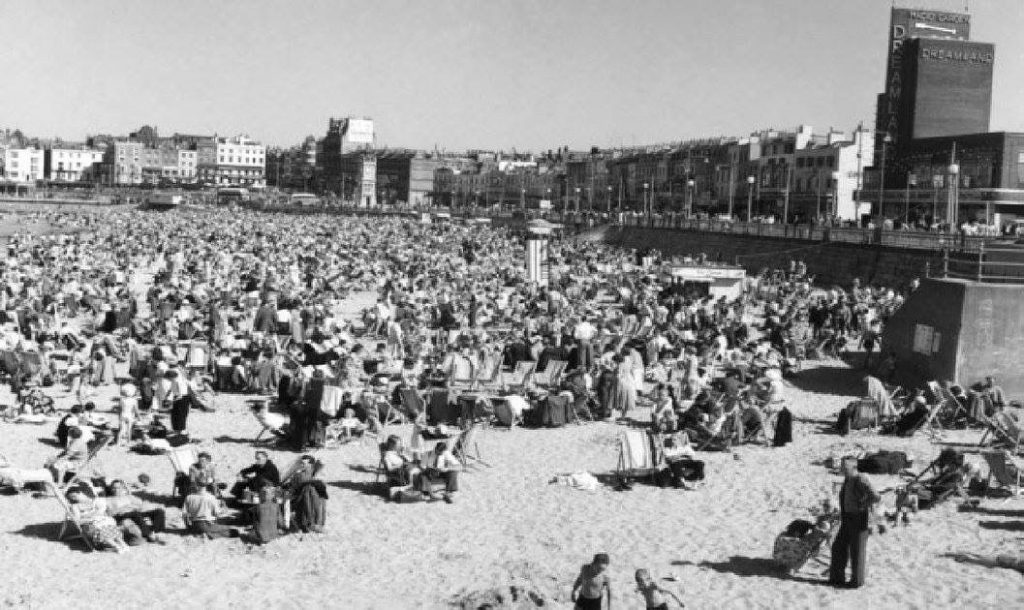
![[July 26, 1965] Too much Monk-y Business (<i>Doctor Who</i>: The Time Meddler)](https://galacticjourney.org/wp-content/uploads/2020/07/650726monkery-672x372.jpg)


![[July 24, 1965] Sun, Sand, Surf, Swimsuits, And The Supernatural (<i>How To Stuff A Wild Bikini</i> and a Brief History of Beach Movies)](https://galacticjourney.org/wp-content/uploads/2020/07/1303731403-How-to-Stuff-Wild-Bikini-Movie-1965_hires-672x372.jpg)
























![[July 22, 1965] Do what you do do well (July space round-up)](https://galacticjourney.org/wp-content/uploads/2020/07/650722proton-672x372.jpg)

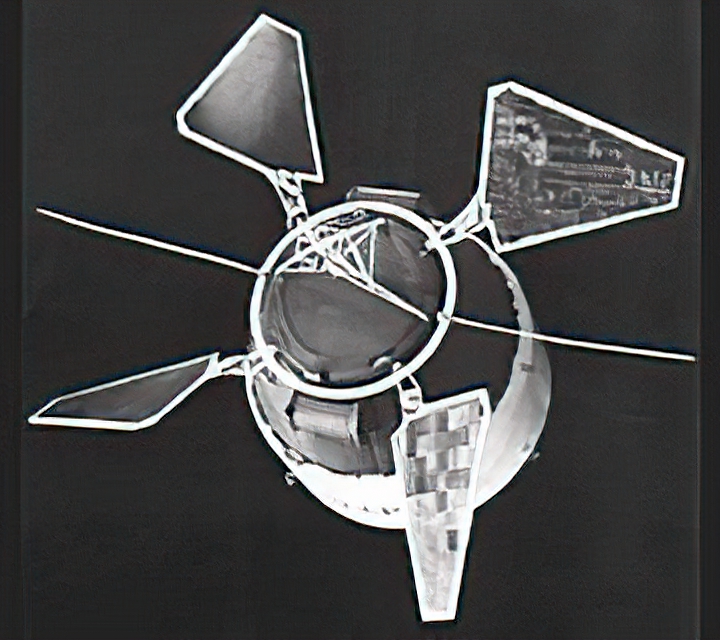
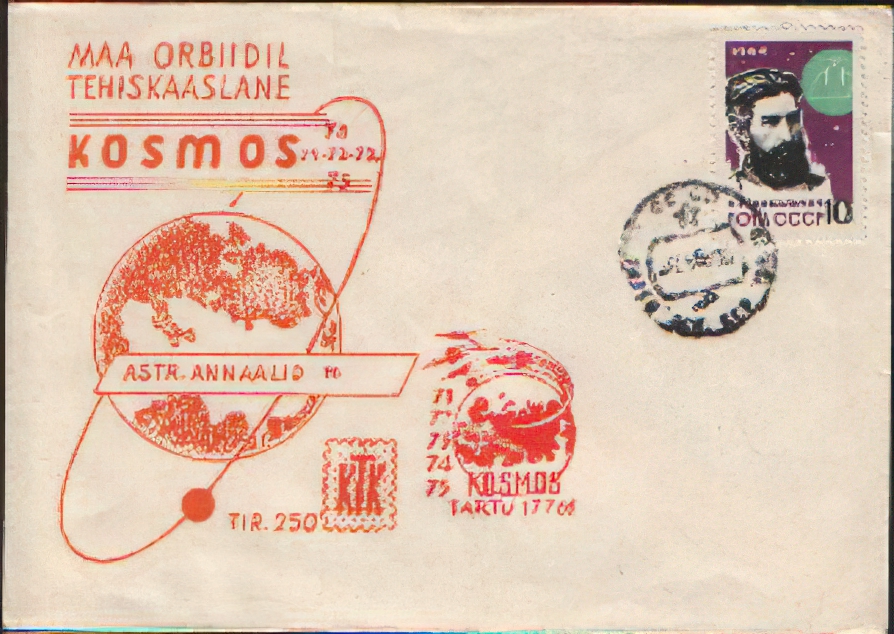
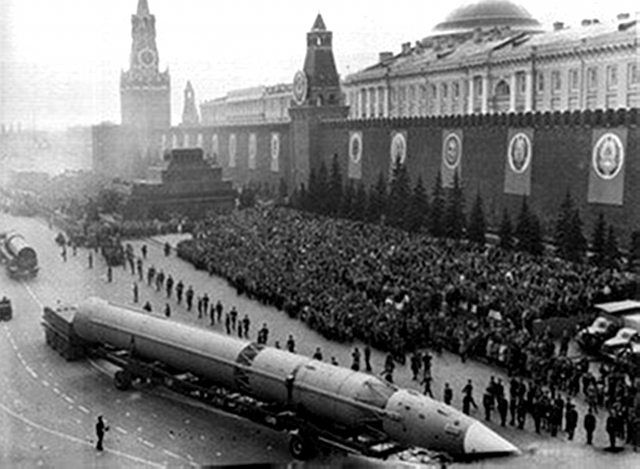

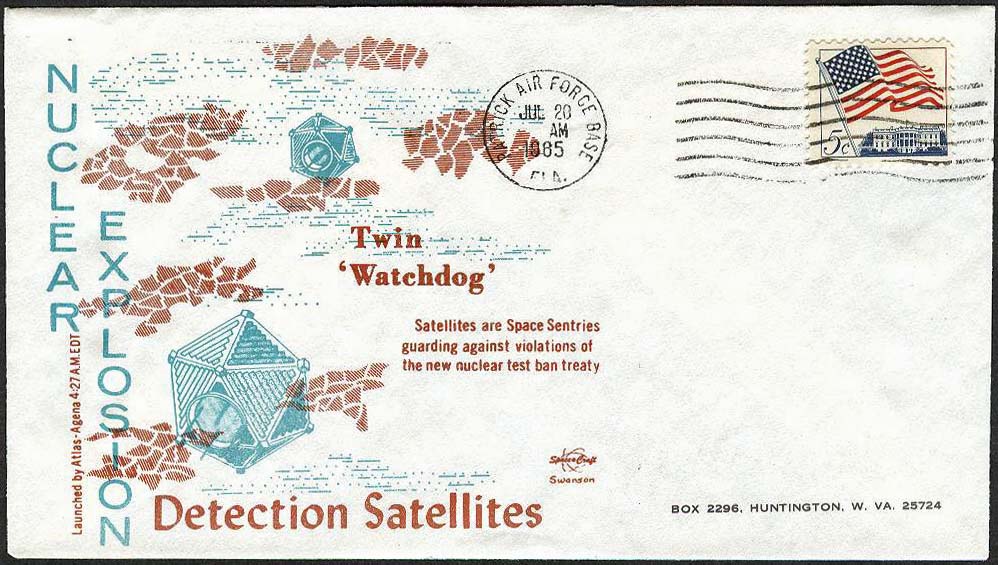
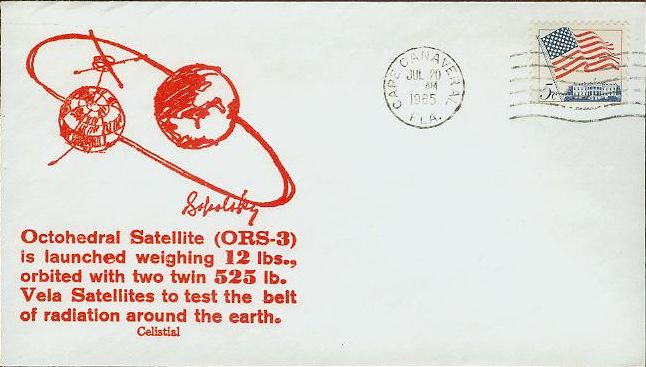


![[July 20, 1965] No War of the Worlds After All? (Mariner IV reaches Mars)](https://galacticjourney.org/wp-content/uploads/2020/07/mariner04-640x372.gif)

